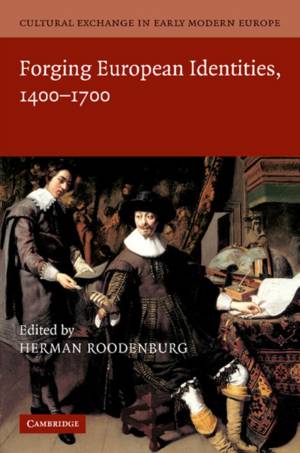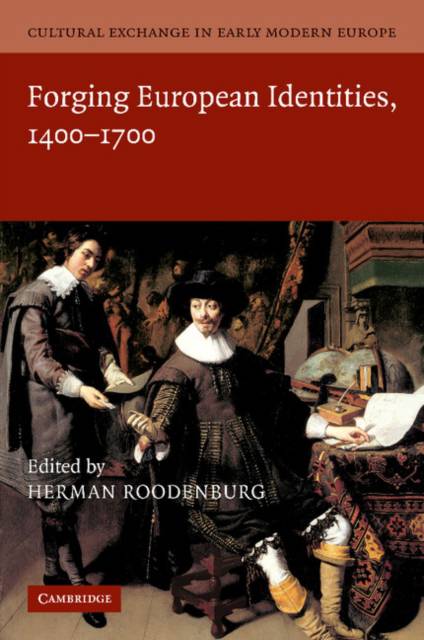
- Afhalen na 1 uur in een winkel met voorraad
- Gratis thuislevering in België vanaf € 30
- Ruim aanbod met 7 miljoen producten
- Afhalen na 1 uur in een winkel met voorraad
- Gratis thuislevering in België vanaf € 30
- Ruim aanbod met 7 miljoen producten
Zoeken
Cultural Exchange in Early Modern Europe. Volume 4, Forging European Identities, 1400-1700
€ 95,45
+ 190 punten
Omschrijving
Cultural exchange, the dynamic give and take between two or more cultures, has become a distinguishing feature of modern Europe. This was already an important feature to the elites of the fifteenth, sixteenth and seventeenth centuries and it played a central role in their fashioning of self. The cultures these elites exchanged and often integrated with their own were both material and immaterial; they included palaces, city-dwellings, paintings, sculptures, ceramics, dresses and jewellery, but also gestures, ways of sitting, standing and walking, and dances. In this innovative and well-illustrated 2007 volume all this lively exchange is traced from Bruges, Augsburg and Istanbul to Italy; from Italy to Paris, Amsterdam, Dresden, Novgorod and Moscow; and even from Brazil to Rouen. This volume, which reveals how a first European identity was forged, will appeal to cultural and art historians, as well as social and cultural anthropologists.
Specificaties
Betrokkenen
- Uitgeverij:
Inhoud
- Aantal bladzijden:
- 466
- Taal:
- Engels
- Reeks:
Eigenschappen
- Productcode (EAN):
- 9781107412804
- Verschijningsdatum:
- 17/01/2013
- Uitvoering:
- Paperback
- Formaat:
- Trade paperback (VS)
- Afmetingen:
- 152 mm x 229 mm
- Gewicht:
- 616 g

Alleen bij Standaard Boekhandel
+ 190 punten op je klantenkaart van Standaard Boekhandel
Beoordelingen
We publiceren alleen reviews die voldoen aan de voorwaarden voor reviews. Bekijk onze voorwaarden voor reviews.










